Harnessing Terahertz Light for Magnetic Control
MIT physicists have discovered a way to create a new, long-lasting magnetic state in a material using only light.
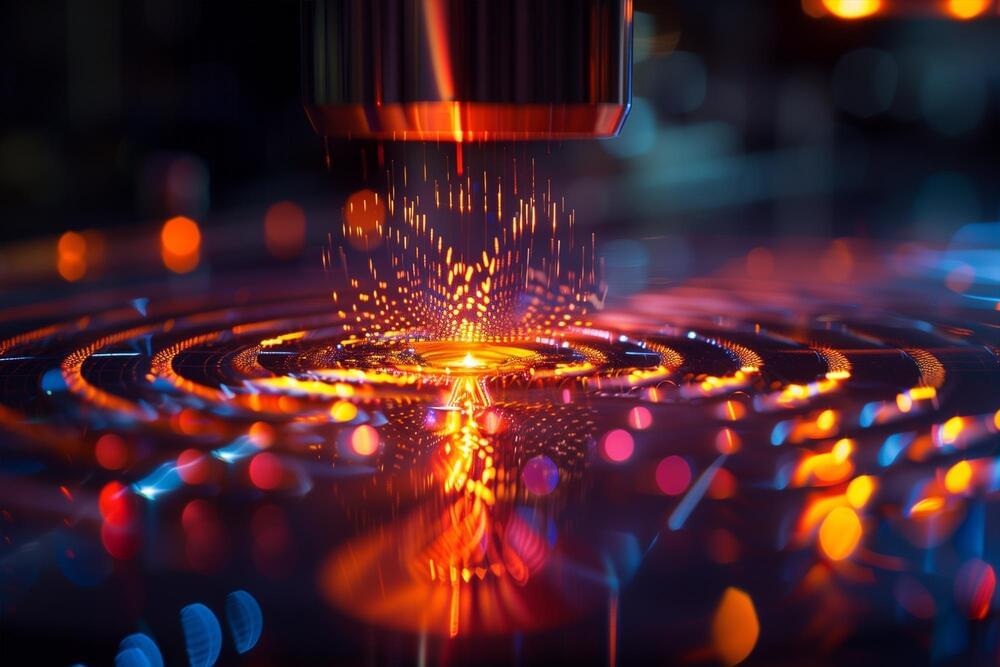
Neural network models that are able to make decisions or store memories have long captured scientists’ imaginations. In these models, a hallmark of the computation being performed by the network is the presence of stereotyped sequences of activity, akin to one-way paths. This idea was pioneered by John Hopfield, who was notably co-awarded the 2024 Nobel Prize in Physics. Whether one-way activity paths are used in the brain, however, has been unknown.
A collaborative team of researchers from Carnegie Mellon University and the University of Pittsburgh designed a clever experiment to perform a causal test of this question using a brain-computer interface (BCI). Their findings provide empirical support of one-way activity paths in the brain and the computational principles long hypothesized by neural network models.
Stereotyped sequences of neural population activity, also known as neural dynamics, is believed to underlie numerous brain functions, including motor control, sensory perception, decision making, timing, and memory, among others. The group focused on the brain’s motor system for their work, recently published in Nature Neuroscience, where neural population activity can be used to control a BCI.
Vector Institute’s Remarkable 2024 | Geoffrey Hinton — Will Digital Intelligence Replace Biological Intelligence?
In this profound keynote, Vector co-founder Geoffrey Hinton explores the philosophical implications of artificial intelligence and its potential to surpass human intelligence. Drawing from decades of expertise, Hinton shares his growing concerns about AI’s existential risks while examining fundamental questions about consciousness, understanding, and the nature of intelligence itself.
Geoffrey Hinton is one of the founding fathers of deep learning and artificial neural networks. He was a Vice President and Engineering Fellow at Google until 2023 and is Professor Emeritus at the University of Toronto. In 2024 Hinton was awarded the Nobel Prize in Physics.
Key Topics Covered:
• The distinction between digital and analog computation in AI
• Understanding consciousness and subjective experience in AI systems.
• Evolution of language models and their capabilities.
• Existential risks and challenges of AI development.
Timeline:
00:00 — Introduction.
03:35 — Digital vs. Analog Computation.
14:55 — Large Language Models and Understanding.
27:15 — Super Intelligence and Control.
34:15 — Consciousness and Subjective Experience.
41:35 — Q\&A Session.
Remarkable 2025 is coming, subscribe to our newsletter.
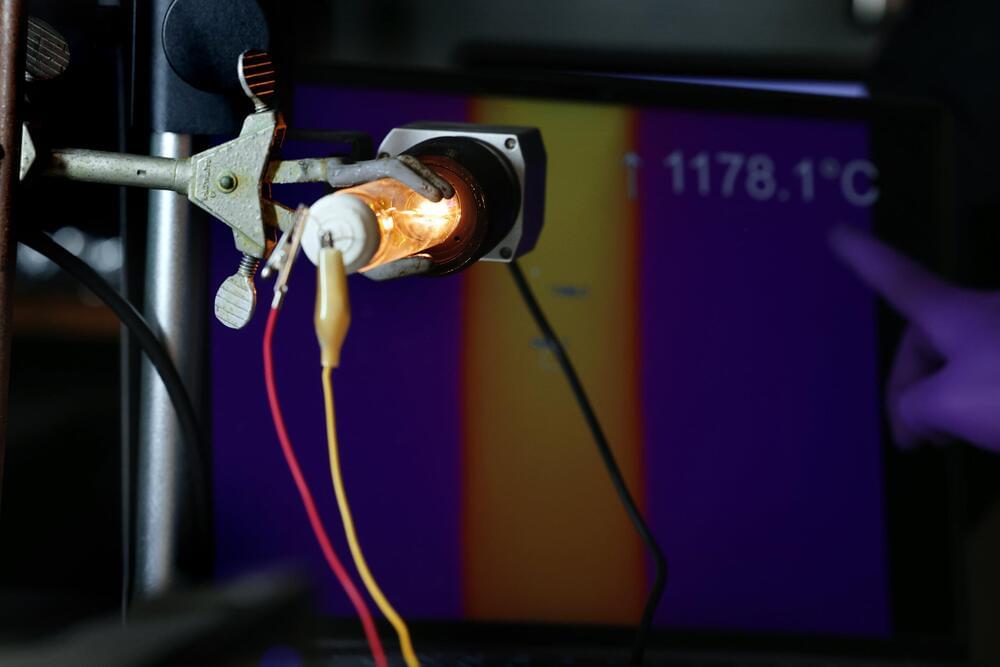
Bright, twisted light can be produced with technology similar to an Edison light bulb, researchers at the University of Michigan have shown. The finding adds nuance to fundamental physics while offering a new avenue for robotic vision systems and other applications for light that traces out a helix in space.
“It’s hard to generate enough brightness when producing twisted light with traditional ways like electron or photon luminescence,” said Jun Lu, an adjunct research investigator in chemical engineering at U-M and first author of the study on the cover of this week’s Science.
“We gradually noticed that we actually have a very old way to generate these photons—not relying on photon and electron excitations, but like the bulb Edison developed.”
Our reality is a 3 + 1 pseudo-Riemannian spacetime manifold whose intrinsic curvature manifests itself as gravity, right? Well no, because descriptions are not reality, and math is not physics. Indeed, when taken at its most literal, face-value, what the \.
When super intelligence happens technology will greatly advance we must merge with this technology.
The Nobel Prize winning ‘Godfather of AI’ speaks to Newsnight about the potential for AI “exceeding human intelligence” and it “trying to take over.”
Geoffrey Hinton, former Vice President of Google and sometimes referred to as the ‘Godfather of AI’, has recently won the 2024 Nobel Physics Prize. He resigned from Google in 2023, and has warned about the dangers of machines that could outsmart humans.
In May 2024, Faisal Islam spoke to the professor for Newsnight.
Newsnight is the BBC’s flagship news and current affairs TV programme — with analysis, debate, exclusives, and robust interviews.
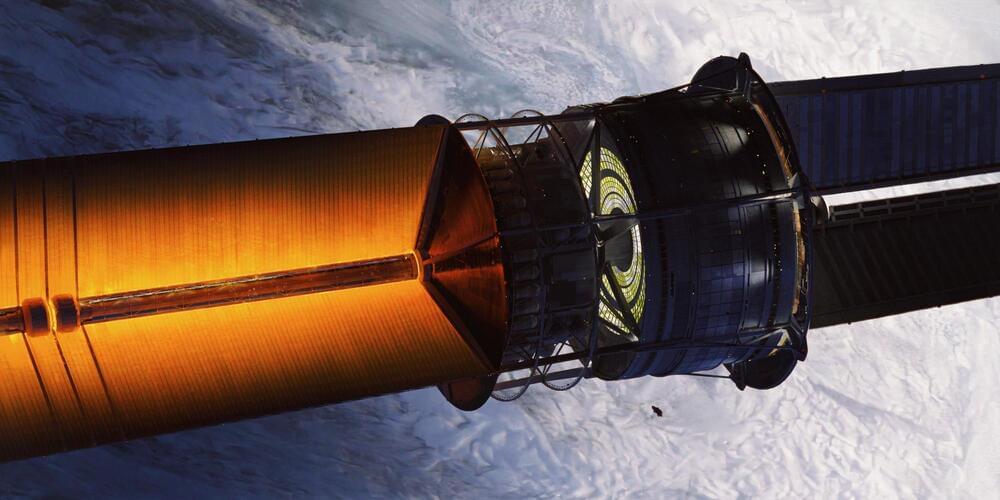
Humanity’s fascination with the unknown is a timeless impulse, rooted in curiosity and the desire to push boundaries, uncover mysteries, and open doors to new frontiers. What were once represented by voyages and the discovery of new islands and continents are now pursued in the vastness of the Universe. As we seek answers, provoke new questions, and open doors to endless possibilities, this drive continues to inspire. It has shaped countless literary and cinematic works, transforming interstellar exploration from a science fiction concept into a vision increasingly grounded in reality. One such visionary project is Project Hyperion, spearheaded by the Initiative for Interstellar Studies (i4is), which challenges humanity to develop practical solutions for interstellar travel through a design competition. By envisioning generation ships—vast, self-sustaining habitats capable of supporting multigenerational societies on journeys spanning centuries—the project not only pushes the boundaries of technology but also sparks social innovation, stretching the limits of our collective imagination.
The exploration of outer space, which began during the Cold War space race with milestones like the launch of Sputnik in 1957 and the Apollo 11 Moon landing in 1969, has driven advances in science, technology, and geopolitics. Since then, continuous efforts such as the International Space Station (ISS), launched in 1998, have provided platforms for microgravity experiments essential to research in biomedicine and physics, as well as preparation for lunar and Martian missions. Simultaneously, spacecraft have evolved from orbital missions to interplanetary exploration and, more recently, space tourism, with vehicles like SpaceX’s Crew Dragon and Blue Origin’s New Shepard offering unique experiences in space.
However, the challenge of interstellar exploration—journeys beyond our solar system to distant stars—presents far greater complexity and requires a radical reimagining of space technology. An interstellar spacecraft would not simply be a scaled-up version of today’s spaceships but a structure capable of sustaining journeys lasting centuries, traversing immense distances. To endure such long voyages, these ships must be self-sustaining, with closed-loop life support systems, food production, and resource recycling, creating an environment where people are born, live, and die. Beyond technological challenges, there are also social and psychological hurdles to prolonged space travel. Such a ship must be not only a high-performance machine but also a viable habitat for living, working, and fostering a society across generations. This requires rethinking how we organize coexistence, social relationships, and power dynamics in an isolated and confined environment.
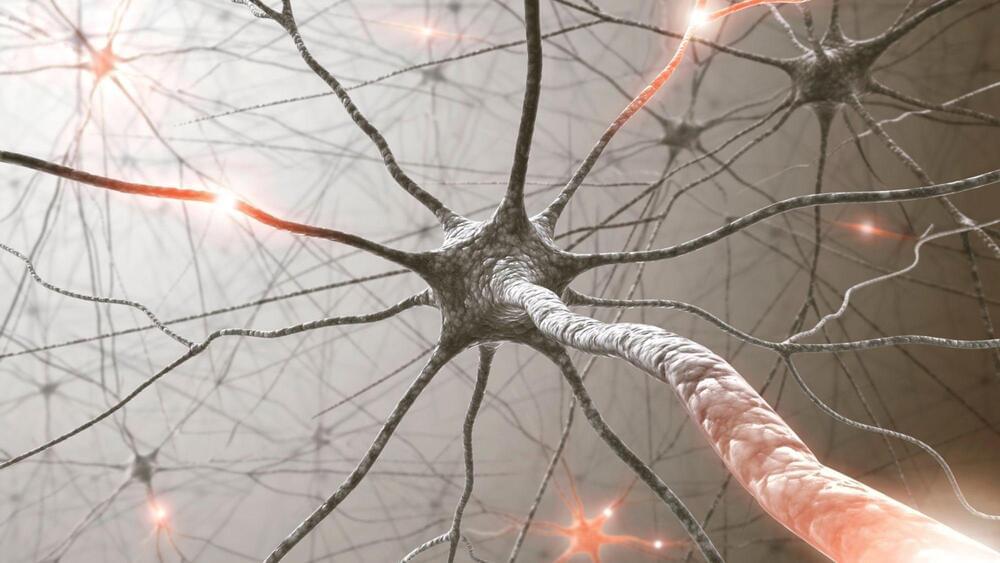
An international team of scientists has uncovered a fascinating piece of the evolutionary puzzle: the origin of the ventral nerve cord, a vital part of the central nervous system, in ecdysozoan animals—a group that includes insects, nematodes, and priapulid worms. Their study, published in Science Advances
<em> Science Advances </em> is a peer-reviewed scientific journal established by the American Association for the Advancement of Science (AAAS). It serves as an open-access platform featuring high-quality research across the entire spectrum of science and science-related disciplines. Launched in 2015, the journal aims to publish significant, innovative research that advances the frontiers of science and extends the reach of high-impact science to a global audience. “Science Advances” covers a broad range of topics including, but not limited to, biology, physics, chemistry, environmental science, and social sciences, making it a multidisciplinary publication.
At Argonne National Laboratory, scientists have leveraged the Frontier supercomputer to create an unprecedented simulation of the universe, encompassing a span of 10 billion light years and incorporating complex physics models.
This monumental achievement allows for new insights into galaxy formation and cosmic evolution, showcasing the profound capabilities of exascale computing.
Breakthrough in Universe Simulation.
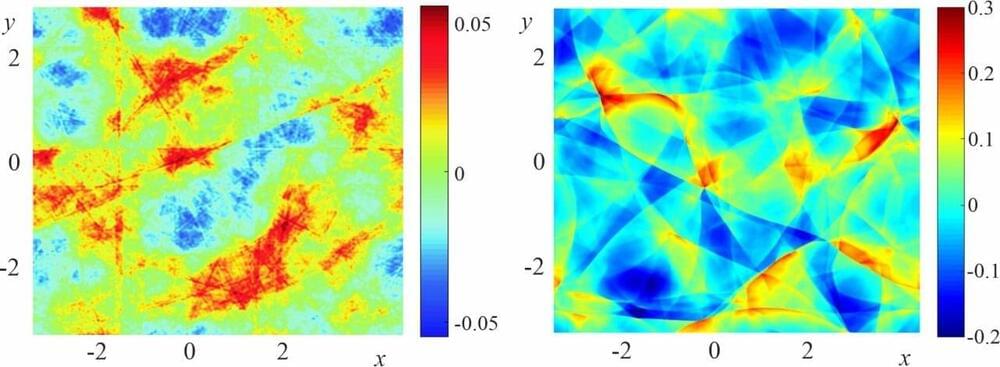
Researchers have pioneered the use of parallel computing on graphics cards to simulate acoustic turbulence. This type of simulation, which previously required a supercomputer, can now be performed on a standard personal computer. The discovery will make weather forecasting models more accurate while enabling the use of turbulence theory in various fields of physics, such as astrophysics, to calculate the trajectories and propagation speeds of acoustic waves in the universe. The research was published in Physical Review Letters.
Turbulence is the complex chaotic behavior of fluids, gases or nonlinear waves in various physical systems. For example, turbulence at the ocean surface can be caused by wind or wind-drift currents, while turbulence of laser radiation in optics occurs as light is scattered by lenses. Turbulence can also occur in sound waves that propagate chaotically in certain media, such as superfluid helium.
In the 1970s, Soviet scientists proposed that turbulence occurs when sound waves deviate from equilibrium and reach large amplitudes. The theory of wave turbulence applies to many other wave systems, including magnetohydrodynamic waves in the ionospheres of stars and giant planets, and perhaps even gravitational waves in the early universe. Until recently, however, it has been nearly impossible to predict the propagation patterns of nonlinear (i.e., chaotically moving) acoustic and other waves because of the high computational complexity involved.